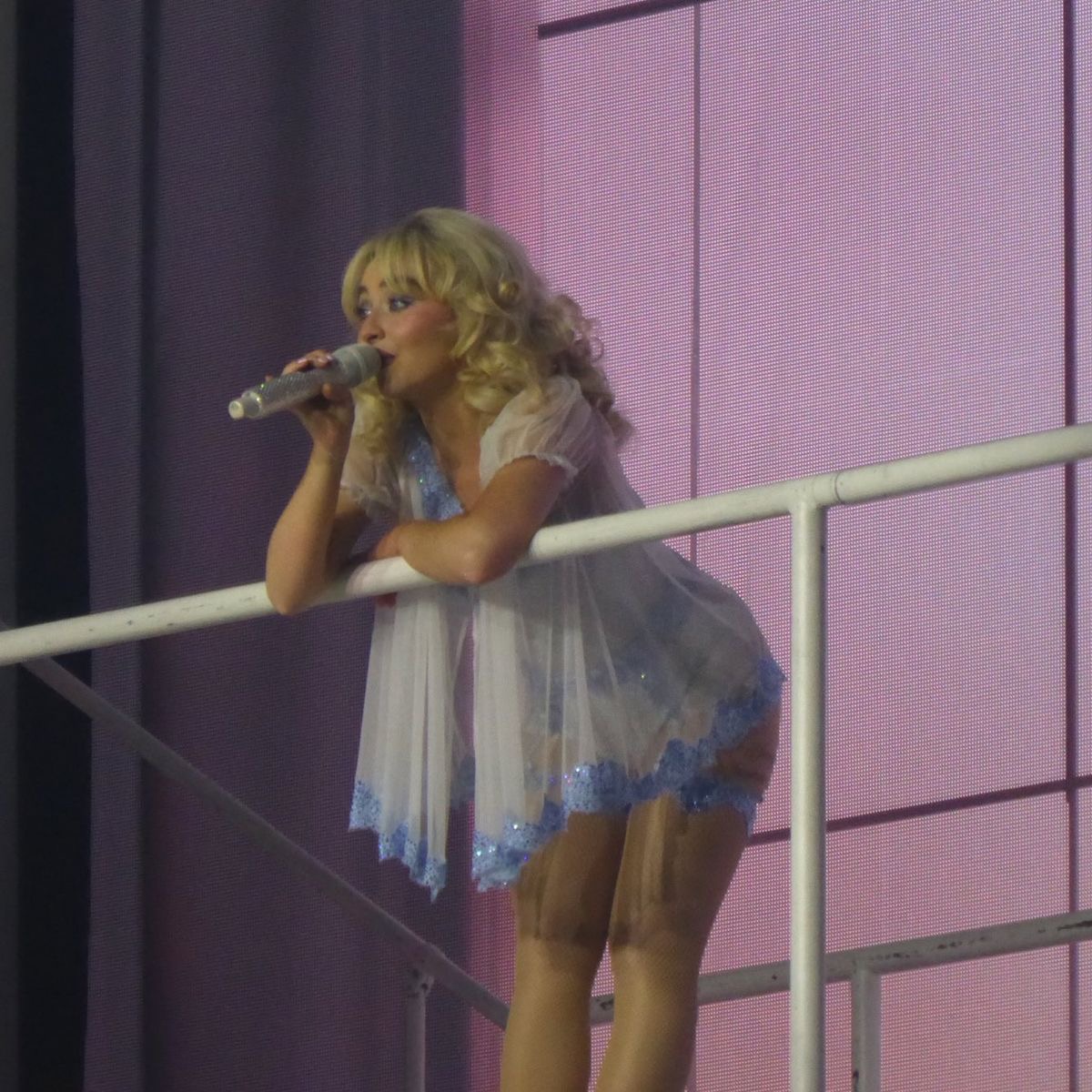weather hazards
1/12
Earn XP
Name | Mastery | Learn | Test | Matching | Spaced |
|---|
No study sessions yet.
13 Terms
air always moves from
high pressure to low pressure, generating wind

the process of convection
hot air rises and cooler air sinks through this

the cells
polar
ferrel
hadley

coriolis effect
the appearance that global winds and ocean currents curve as they move
the curve is due to the earths rotation on its axis and forces the winds to blow diagonally
influences wind direction around the world:
north: curves to right
south: curves to left

coriolis effect exception
when there’s a low pressure system, the winds flow in reverse

global atmospheric circulation
affects earths climate

tropical storms develop in
warm tropical oceans, 27 degrees
between 5-30 north and south
when winds meet near the oceans surface
there’s a low vertical sudden change in wind

torpical storms + GAC
the equatorial regions receive intense solar heating raising ocean temp
this warm air rises leading to an intense low pressure
generates thunderstorms, strong winds and rainfall at surface
the lower the pressure, the larger the storm etc

characteristics of tropical storms
last 7-14 days
heavy rain
high wind
high waves and storm surges
outer edges have lighter wind speeds

TS are rated on
saffir-simpson scale

monitoring tropical storms
weather charts
wind strength

planning for tropical storms
training and education
boarding up windows
emergency services prep

protection for tropical storms
sea walls and levees
building designs
